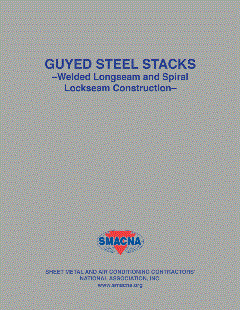Cracking the Code: Steel Studs and Liability

Q: I was recently questioned about the metal studs I am using and if they are code-compliant. I was informed that if they are not, I– the subcontractor–could be held liable. This has me quite worried considering all the construction defect litigation today.
A. First and foremost, I am not an attorney. To be absolutely certain you may want to consult with your legal counsel. I believe that for a contractor to held liable, they must either knowingly install metal studs that are not code compliant or fail to make a reasonable attempt to verify the studs are code compliant. Metal studs are to be manufactured to meet ASTM (American Society of Testing Materials), AISI (American Iron and Steel Institute) and/or ICC (International Code Council) standards.

ASTM Standards
The process starts with ASTM standard C-645, the standard which steel framing members must meet for non-structural framing. ASTM C-955 is the specification for load-bearing cold-formed members. AISI and ICC provide standards and direction for steel stud manufacturers and installers to follow in making code-compliant steel studs. The studs should be marked every 48 inches with the manufacturer’s name, base metal thickness, the ER (evaluation report) number and date of manufacture. In addition, each bundle should be labeled to demonstrate ASTM (code) compliance. Buying studs with this stamp and labels should be considered the “reasonable” test needed by a contractor for code compliance. The studs should have been stamped by the manufacturer to verify compliance with the standards set for a manufacturer.The validity of the fire testing for steel studs is more critical with load-bearing than with non-load bearing. Even load-bearing studs conform to Underwriters Laboratory (UL) listing provided they meet American Iron and Steel Institute (AISI) specifications for cold-formed framing members. This, in turn, goes back to the ASTM standards already mentioned. The Steel Stud Manufacturer’s Association (SSMA) is aware of the controversy and is taking the appropriate steps to ensure their studs are code-compliant with the current fire tests.
Before you get too panicked, it should also be noted that almost all fire tests allow metal studs of larger sizes and thicker base metal to be substituted in the tested assembly. For example, GA file 1340 is a generic assembly with 1 5/8-inch wide metal studs spaced 24 inches on center for a one-hour rated wall. General footnote #15 states that greater stud sizes and/or heavier gauge than those tested shall be permitted. Under definitions, the term “metal studs” are defined as nominal 25-gauge steel studs.
The SSMA holds an ICC Evaluation Report for many of the steel stud manufacturers. To receive the ICC Evaluation Report number, the manufacturer must demonstrate they comply with the Acceptance Criteria (AC46) in making bearing and non-bearing studs. To further assure compliance for the industry, the SSMA has introduced a third-party inspection program for the manufacturing plants around the country.
The details of the program have not been released, but the intent is to have inspections done at the manufacturing facilities to verify compliance for all SSMA members. I applaud the SSMA for being leaders and heading off any potential problems.
If you are still nervous, ask your stud manufacturer for a letter explicitly stating the studs supplied to your project are verified to comply with all applicable ASTM standards (C 645 and C 955) with the stated stud size and mil (gauge) thickness. File the letter of approval with the job records and if construction defect experts question the quality or compliance of the studs, the letter and stamped studs should be sufficient to prevent your firm from being dragged into litigation on this specific issue. W&C
If you have a question for Cracking the Code, send it via e-mail to Jay McNally, editor of Walls & Ceilings magazine, at mcnallyj@bnpmedia. Please include “Cracking the Code” in the subject line.
Looking for a reprint of this article?
From high-res PDFs to custom plaques, order your copy today!






